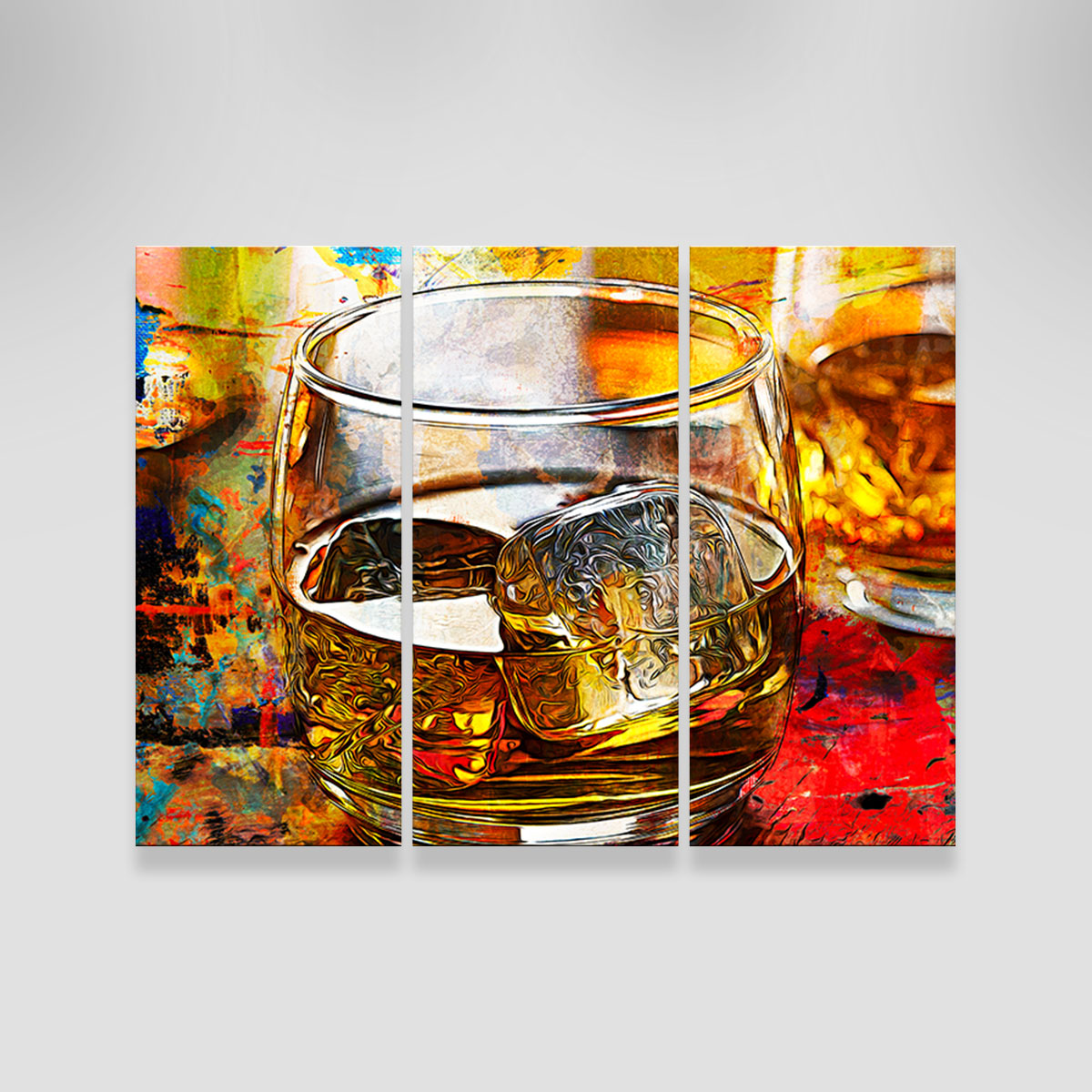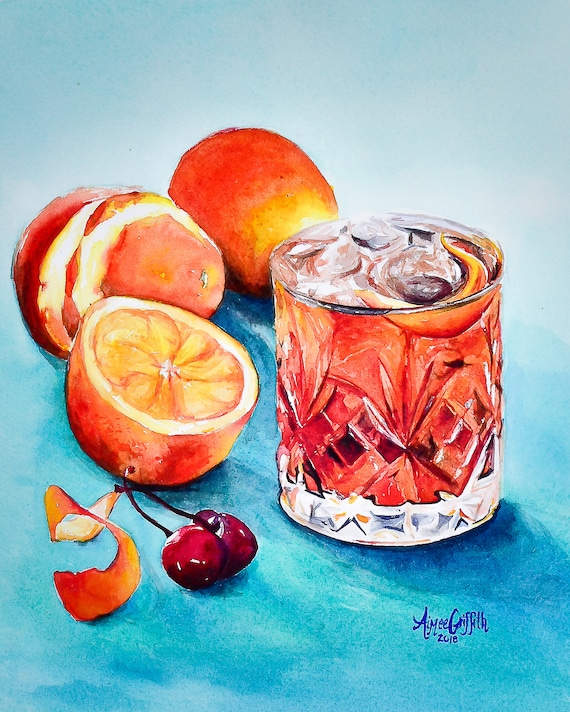The Significance of Whiskey Art in Celebrating Heritage and Workmanship in the Beverage Industry
The intricate partnership between bourbon art and the event of heritage and workmanship within the beverage sector can not be overstated. Via thoughtfully made containers and tags, scotch brands encapsulate their historic roots and the artisanal abilities that define their manufacturing methods.
The Historical Origins of Whiskey
At the heart of bourbon's allure exists an abundant tapestry of historical origins that map back to ancient people. The beginnings of whiskey can be linked to the distillation methods of the Sumerians and Babylonians around 2000 BCE, where very early forms of fermented grain beverages started to emerge. It was in the Center Ages that the art of purification evolved substantially, specifically in Ireland and Scotland, leading to the creation of whiskey as we understand it today.
The term "bourbon" itself derives from the Gaelic word "uisce beatha," implying "water of life." This expression emphasizes the social significance of whiskey in Celtic societies, where it was often connected with rituals, events, and public bonding. By the 15th century, purification came to be a recognized craft within monastic communities, leading the way for the establishment of legal distilleries.
As profession courses increased, bourbon's appeal expanded, going beyond local borders and recording the passion of aficionados worldwide. Bourbon Art. This historical journey reflects not just the workmanship behind bourbon manufacturing yet likewise its important function in social and social contexts, marking it as a considerable beverage throughout history
Artistic Expression in Branding
Whiskey branding stands as an engaging junction of creativity and commerce, where visual identity plays an important function in shaping customer assumption. The appearances of bourbon tags, packaging, and marketing products show not only the brand name's tale however also its core worths and heritage. With creative expression, distilleries convey a story that reverberates with consumers, stimulating feelings and stimulating connections.
The usage of color, typography, and images in branding offers to set apart products in a saturated market. For instance, conventional concepts may stimulate a sense of credibility and craftsmanship, while modern-day designs can symbolize innovation and forward-thinking. This calculated artistic direction boosts brand recognition and commitment, permitting consumers to create an individual relationship with the scotch they pick.
Moreover, creative expression in branding often serves as a party of local heritage. Distilleries frequently integrate neighborhood symbols or historical referrals right into their designs, creating a feeling of area that welcomes customers to take part in a wider cultural experience. Eventually, the virtuosity behind bourbon branding not just enhances visual appeal however likewise improves the total narrative of the brand, promoting a deeper recognition for the workmanship and heritage ingrained in each container.
Workmanship in Container Layout
The virtuosity evident in whiskey branding prolongs beyond visual identity to encompass the craftsmanship included in bottle design. Each bottle works as a vessel not just for the spirit within, yet also for the story it outlines its beginning, tradition, and quality. The layout procedure needs precise article attention to detail, as components such as closure, material, and form add substantially to the general perception of the bourbon.
Workmanship in bottle design entails choosing high-grade glass that can boost the scotch's color and quality, while likewise offering a tactile experience for the customer. The silhouette of the container need to be both functional and cosmetically attractive, frequently reflecting the heritage of the brand name. Many distilleries decide for special shapes or printed logos that stimulate a feeling of credibility and history.
In addition, the see this website label layout and typography play a vital role in connecting the brand's story. Whiskey Art. A well-crafted container not only astounds the consumer's eye yet also enhances the brand's dedication to top quality and custom. By doing this, the workmanship of bottle layout becomes an essential aspect of the scotch experience, combining artistry with an extensive regard for heritage
Cultural Relevance of Scotch Art
Commemorating tradition and craftsmanship, the social significance of scotch art goes beyond plain aesthetic appeals, linking with the historical and social stories of the areas where it comes from. Each container acts as a canvas, illustrating the one-of-a-kind tales, mythology, and practices that have shaped neighborhood whiskey-making methods. The detailed designs commonly mirror the heritage of the distillers, integrating icons and motifs that resonate with the culture and worths of their communities.

On top of that, bourbon art plays an important function in communal celebrations check out here and celebrations, acting as a tangible web link in between individuals and their shared experiences. By appreciating the virtuosity in bourbon product packaging, customers cultivate a much deeper understanding and respect for the craft, ultimately enhancing their enjoyment of the beverage itself.
Modern Trends in Scotch Presentation
In recent times, the presentation of bourbon has progressed to mirror modern preferences and patterns while still honoring standard craftsmanship - Limited Edition. Distilleries are significantly concentrating on aesthetic components that improve the overall alcohol consumption experience, connecting the gap in between heritage and modernity
Ingenious bottle styles have emerged, usually integrating sustainable materials and artistic tags that inform compelling tales. Several brand names currently collaborate with neighborhood artists, infusing their items with distinct aesthetic expressions that resonate with consumers. In addition, limited-edition launches are frequently packaged in collectible containers, adding worth and appeal for connoisseurs.

Conclusion
In verdict, bourbon art offers as a crucial avenue for revealing the heritage and craftsmanship inherent in the beverage industry. Via detailed branding, ingenious bottle layouts, and culturally substantial artistic aspects, scotch brands efficiently honor their practices and connect with customers.


Workmanship in container design entails picking high-grade glass that can boost the scotch's color and quality, while likewise offering a responsive experience for the customer. In this way, the workmanship of bottle design becomes a crucial facet of the whiskey experience, merging virtuosity with a profound regard for heritage.
In final thought, bourbon art serves as an essential avenue for revealing the heritage and craftsmanship inherent in the beverage sector.